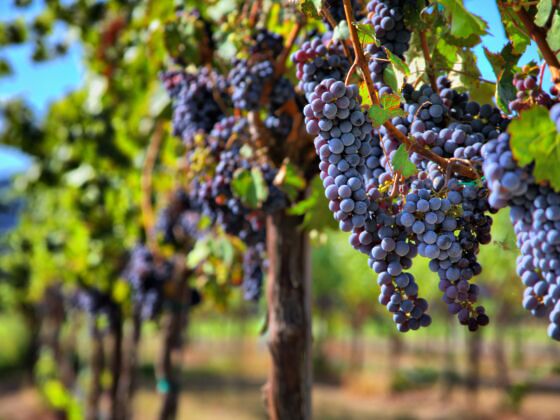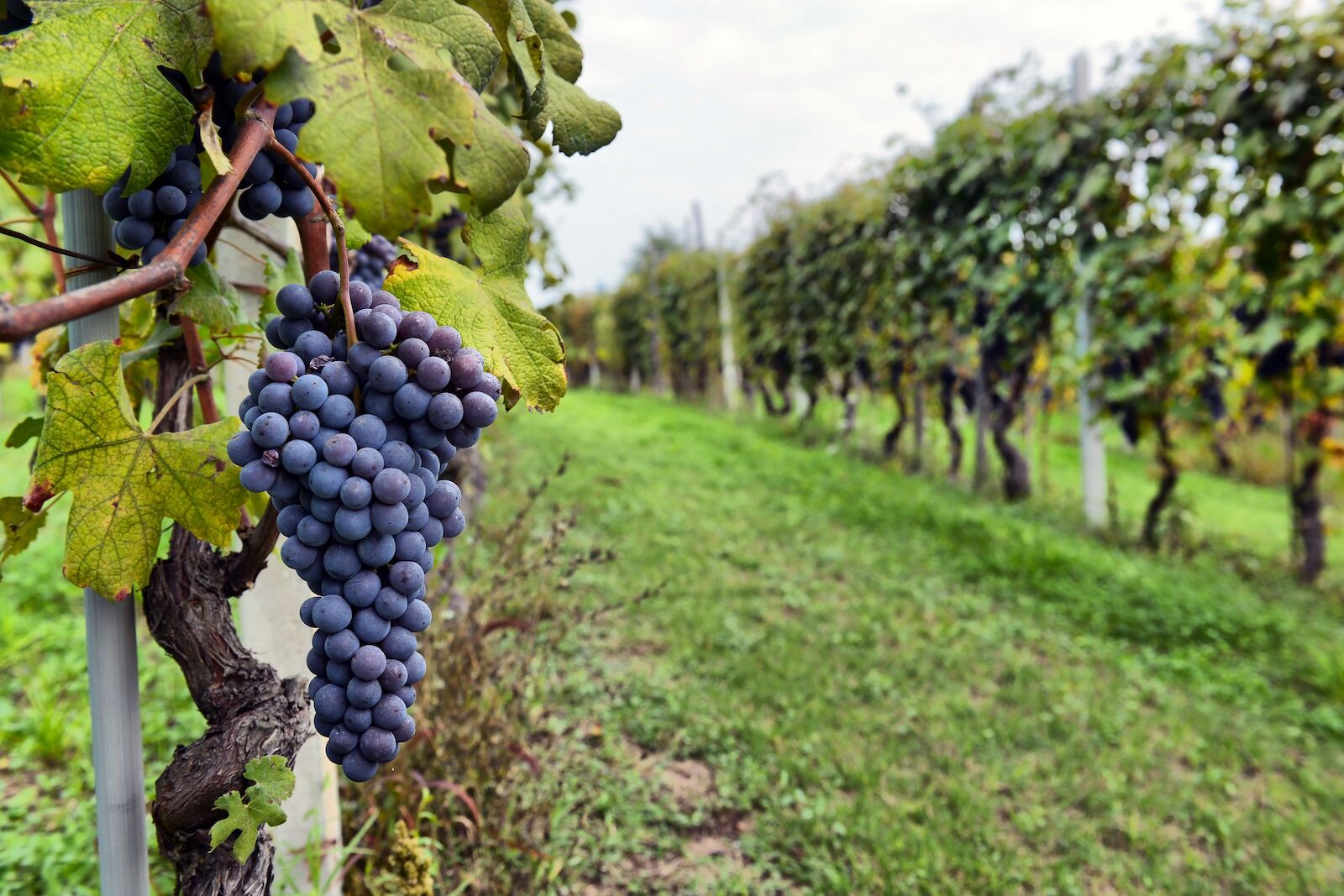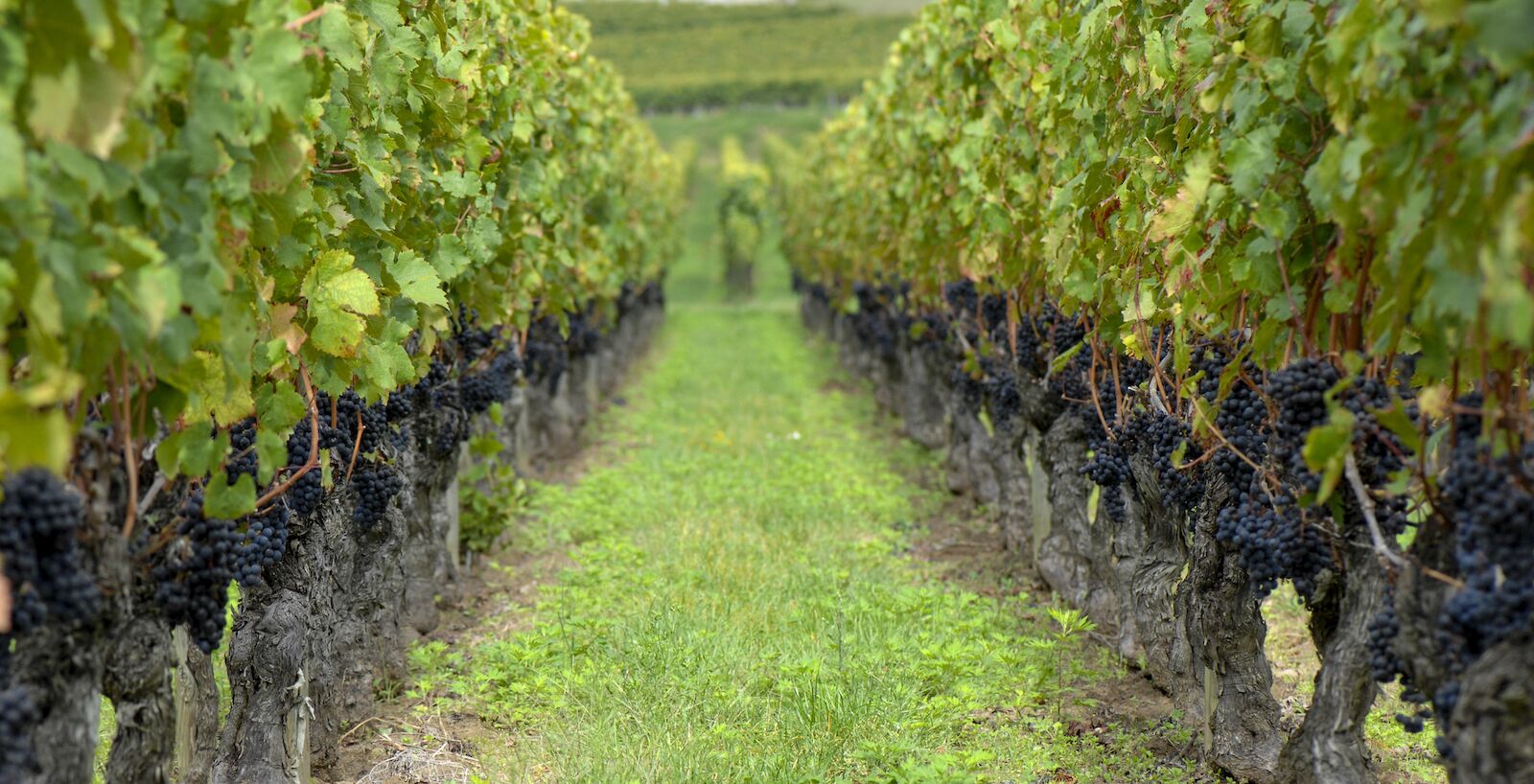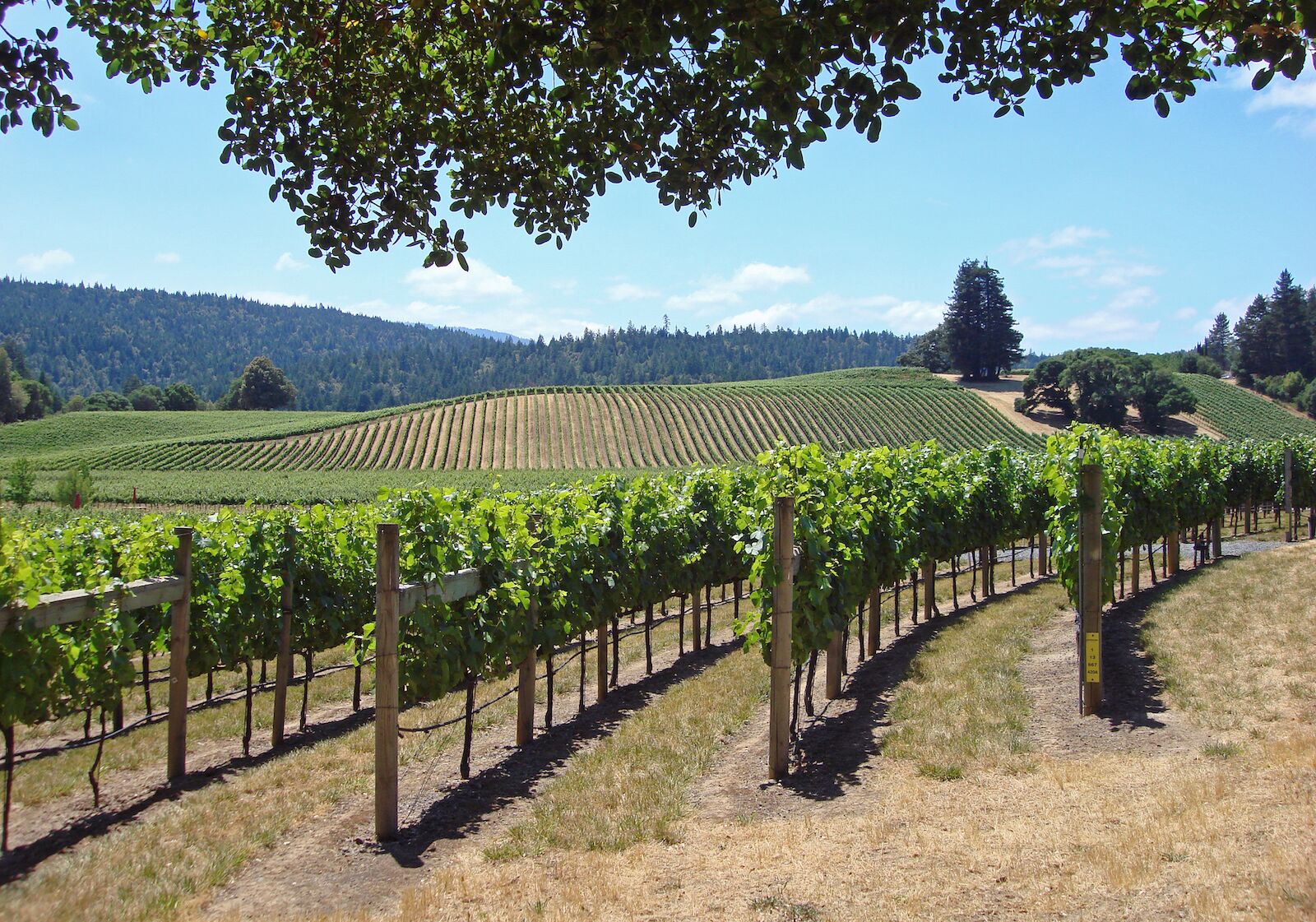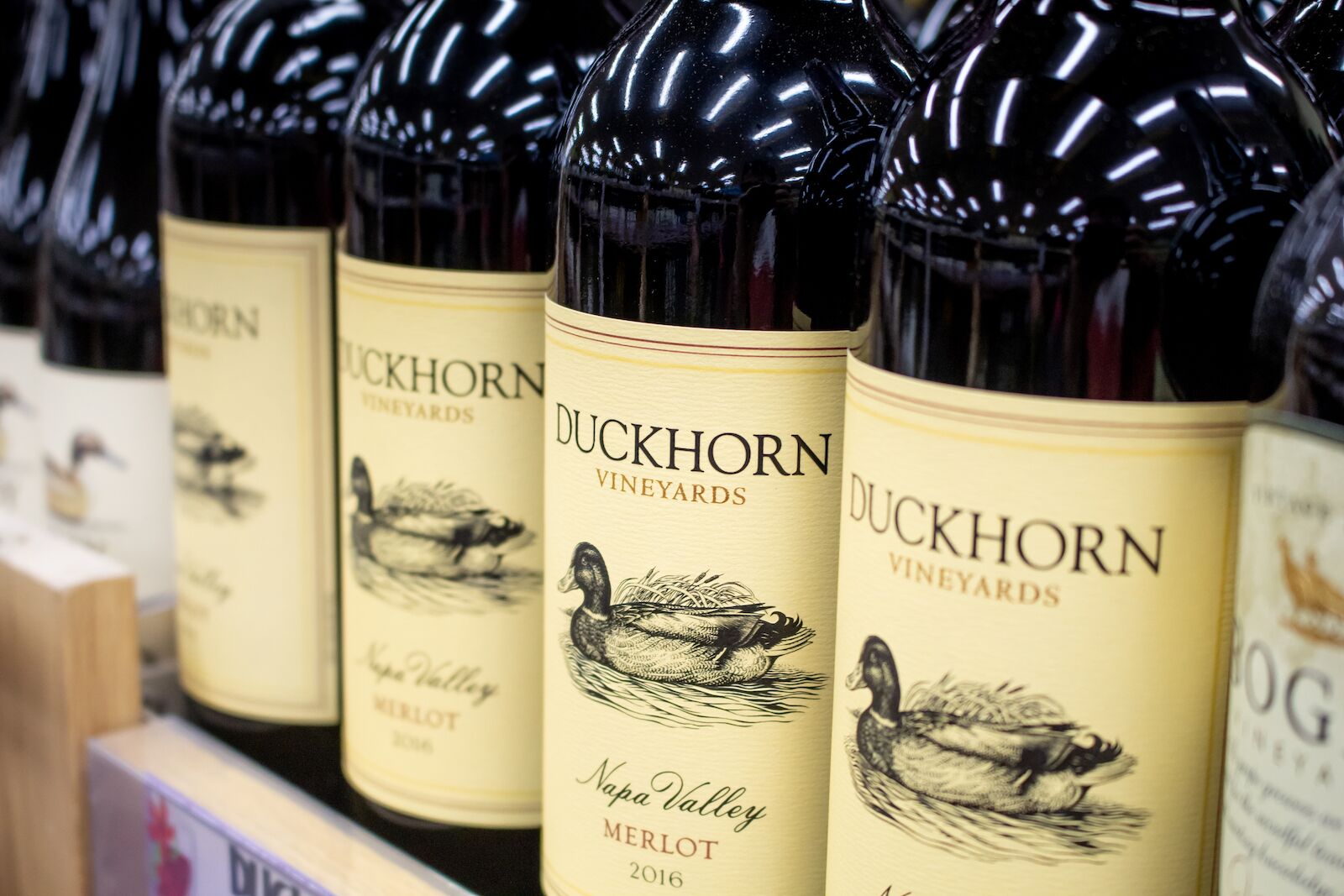Napa is famous for its cabernet sauvignon. And with that fame comes a string of visitors who seek out the wines they’ve heard others were enjoying. But for a trip that highlights another side of Napa, you should seek out the wineries making merlot.
If you’re a wine drinker, then there’s a good chance you already have an opinion about what’s being made in the country’s most famous wine region. Maybe you even have a set opinion on merlot — perhaps one subconsciously (or consciously) influenced by a single line from the movie Sideways. Napa’s merlot hasn’t historically gotten a whole lot of credit as more than a blending grape despite producers making world-class varietal merlot in the region.
